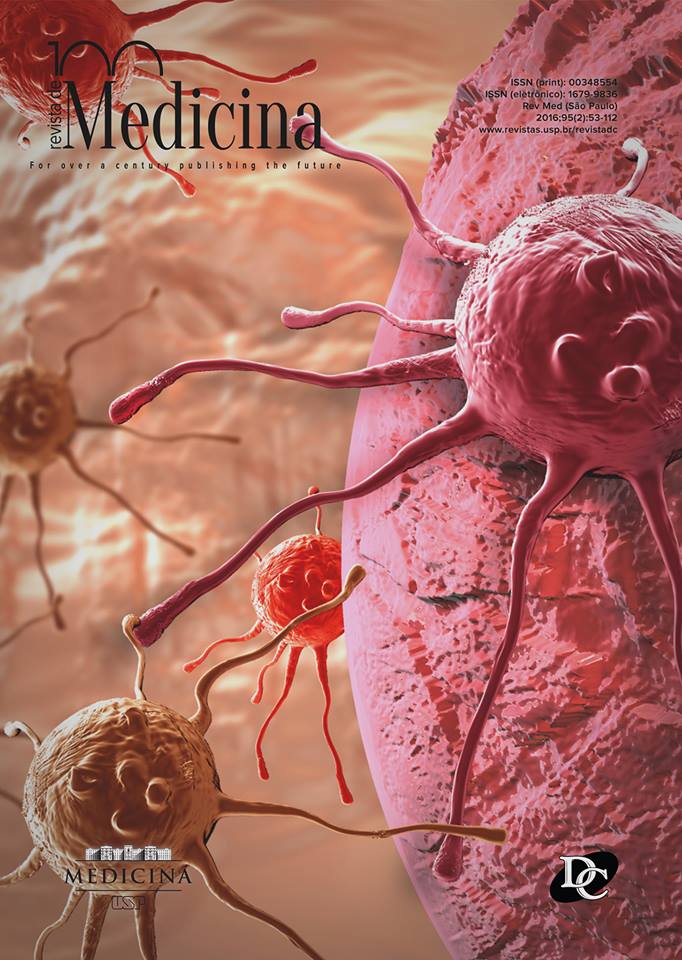Evaluation of the protocol regarding the Neonatal Abstinence Syndrome by opioids in the Intensive Care Unit of Odete Valadares Maternity in Belo Horizonte
DOI:
https://doi.org/10.11606/issn.1679-9836.v95i2p71-75Palavras-chave:
Neonatal abstinence syndrome, Fentanyl, Methadone, Infant, newborn.Resumo
Introduction: In order to treat pain and psychomotor agitation, which are common symptoms in Neonatal Intensive Care Units (NICU), sedatives/opioid analgesics are used. However, its prolonged use, mainly in the continuous base, can provoke the Neonatal Abstinence Syndrome (NAS). Objectives: Evaluate the approach of NAS by opioids in newborns (NB) admitted in a NICU of Odete Valadares Maternity (OVM) in Belo Horizonte. Methods: Analysis of the medical records from the OVM pharmacy of the NB who have used methadone in between June 2013 to July 2014, additionally with diagnosis or risk of abstinence by opioids, confirmed clinically by the Finnegan scoring system. Results: All of the NB who have received methadone during the study time were evaluated. From the total of 17 NB, 6 were eliminated as they have been transferred to other services or evolved towards death, making it impossible to complete the data analysis. From 11 NB included, 7 were premature with gestational age under 28 weeks. There was a prevalence of the male gender (72,7%). All the infants received fentanyl continuously, which period of use was 37 days in average in the preterm NB, whereas being 25 days in the mature NB. The time spent to reach the control dose of methadone, meaning the sufficient dosage to avoid abstinence symptoms (Finnegan score < 8 in 3 consecutive evaluations) was in average 6 days and the time for drug suspension ranged from 10 to 159 days. From 11 NB, 8 presented signs of abstinence after the beginning of methadone with the need of dose adjustment. Conclusion: The study allowed a preliminary evaluation of the NAS protocol along with the use of methadone in the service where it was held. There was a relation between the use of methadone and continuous sedation, which duration was prolonged in the NB of male gender and premature ones. Although a more detailed approach should be accomplished, considering the amount of ventilated NB in the period (256 NB), the number of NB with possible abstinence was relatively small (6.6%), which may mean a judicious use of opioids in this population.Downloads
Os dados de download ainda não estão disponíveis.
Downloads
Publicado
2016-12-06
Edição
Seção
Artigos
Como Citar
Ferreira, C. C. R., Moreira, M. V. G., Herculano, R. de A. N., & Silva, S. A. B. (2016). Evaluation of the protocol regarding the Neonatal Abstinence Syndrome by opioids in the Intensive Care Unit of Odete Valadares Maternity in Belo Horizonte. Revista De Medicina, 95(2), 71-75. https://doi.org/10.11606/issn.1679-9836.v95i2p71-75




